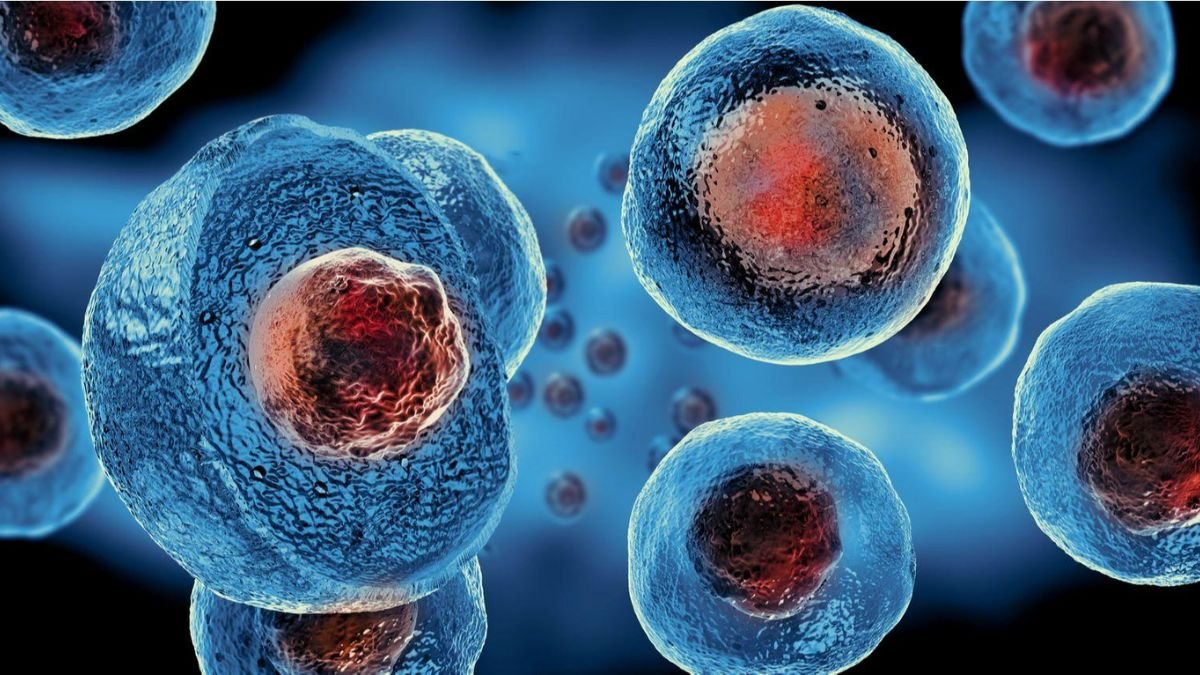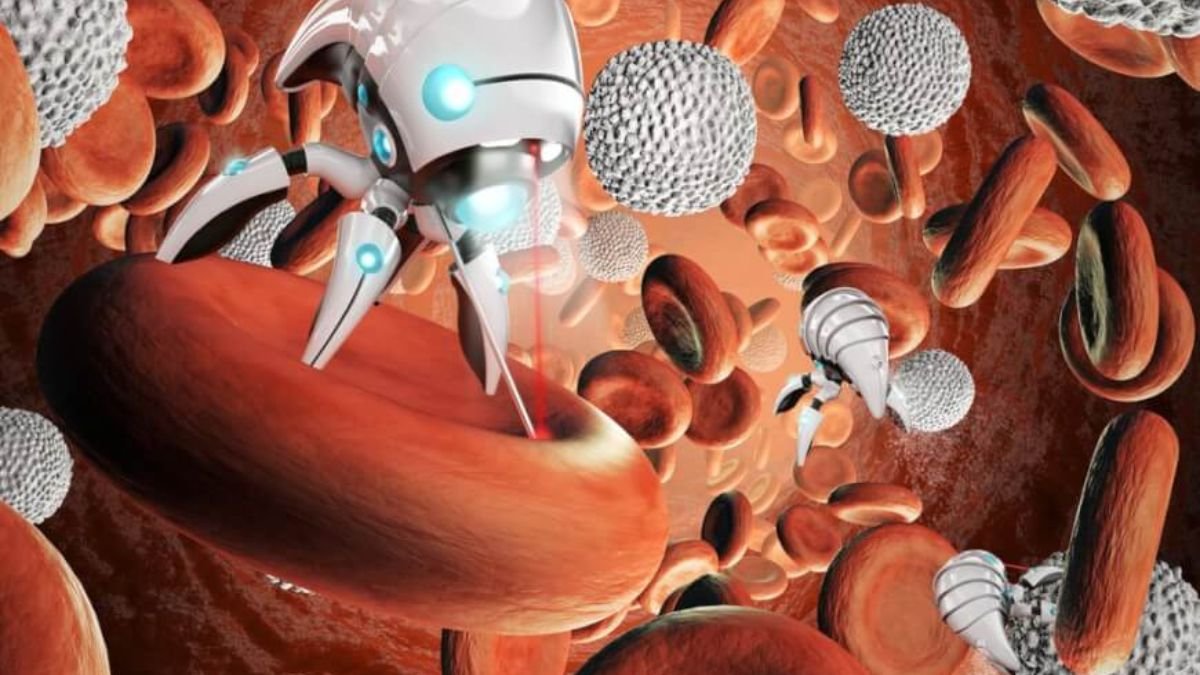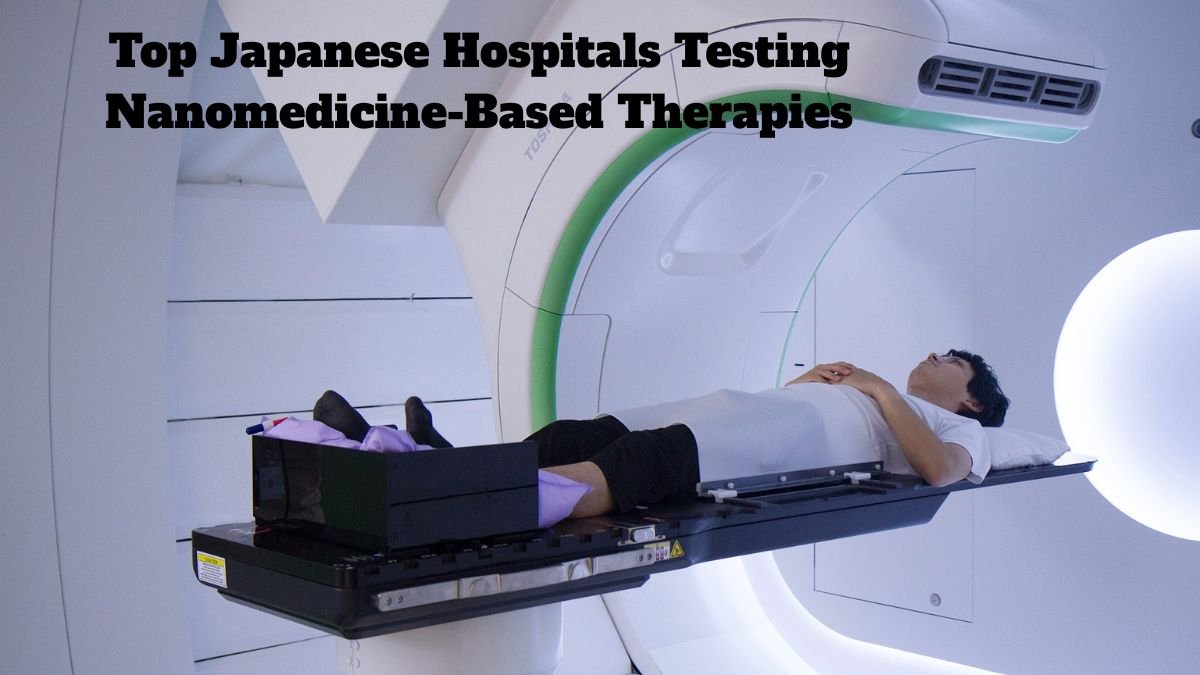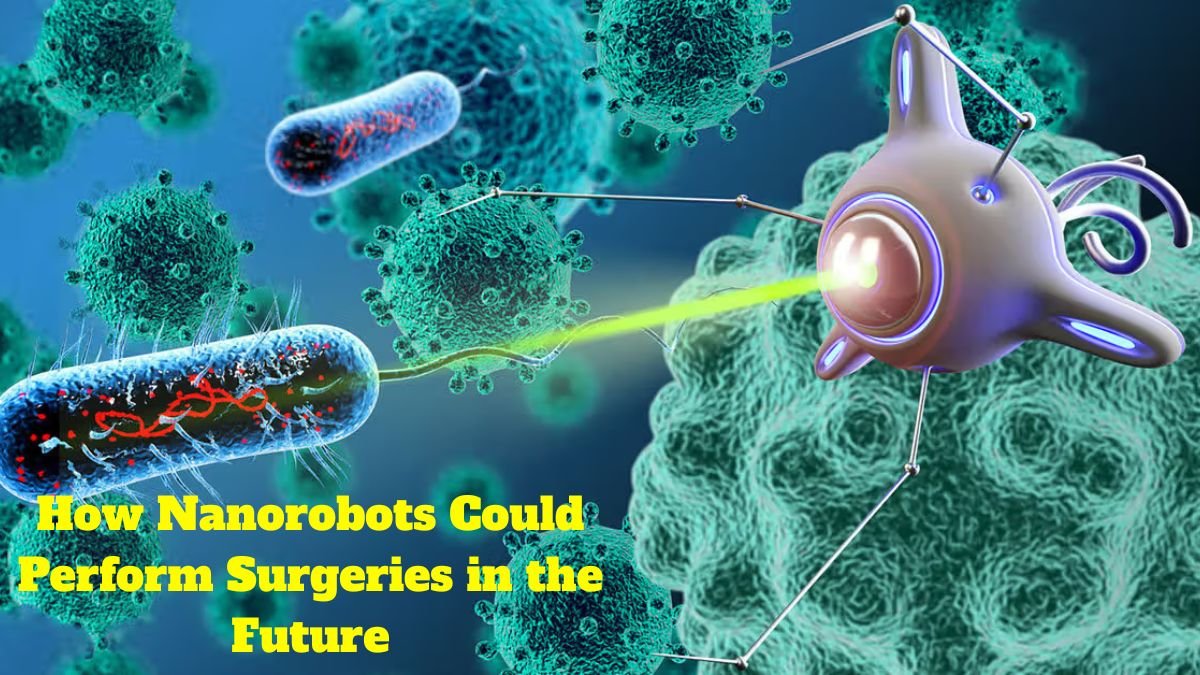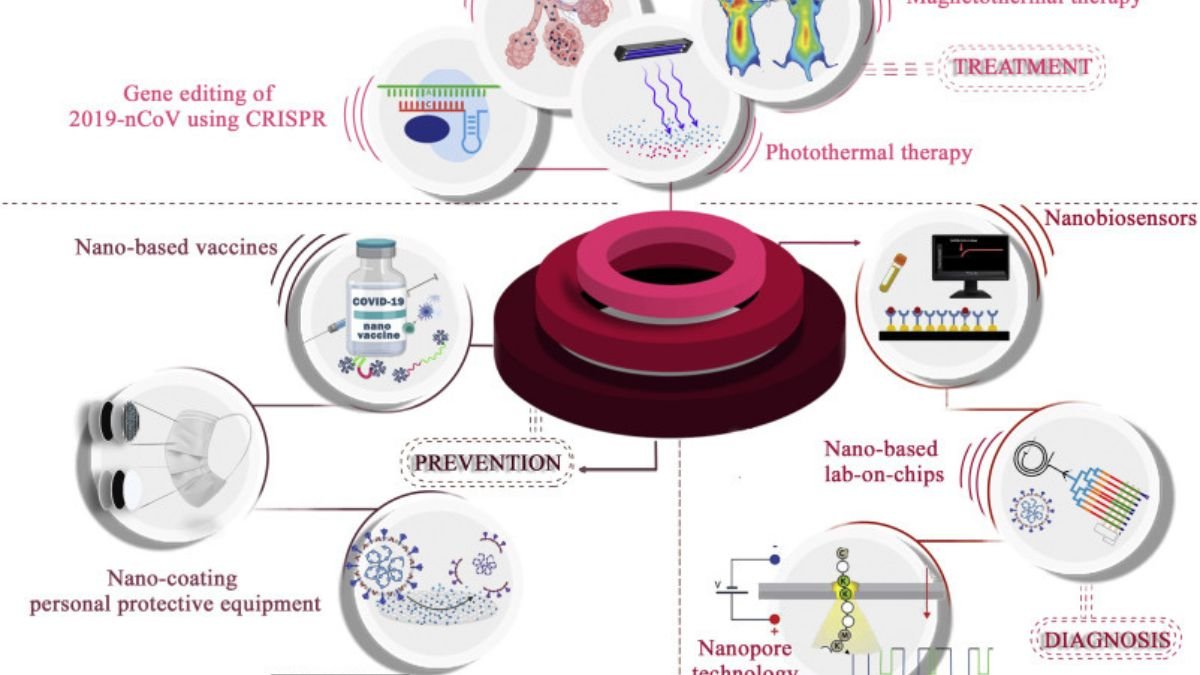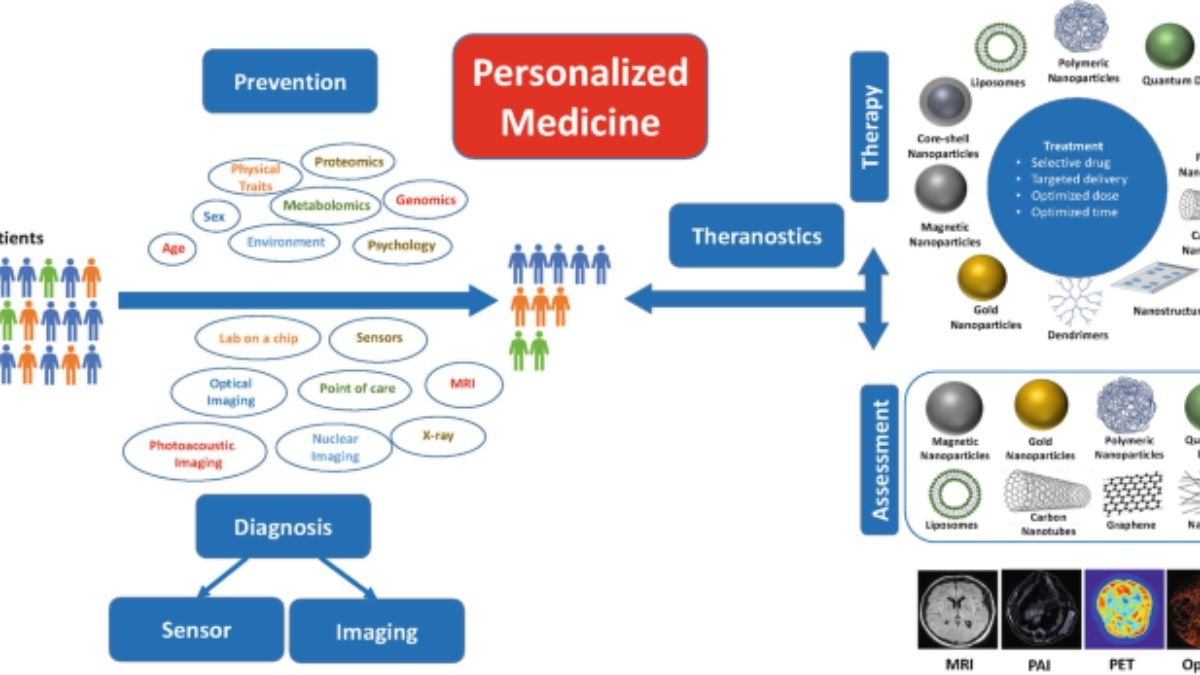The Founding Idea of the Japan Nanomedicine Society
The Founding Idea of the Japan Nanomedicine Society – When Science Began to Peer Inside Humans
Never did it cross your mind how deep health may become in future? In this modern world, doctors are now forced to look at health not just from the perspective of the surface of the body but also from that of the microscopic cells existing within the body. This is where nanomedicine comes into play.
The Japan Nanomedicine Society (JNS) was founded with the idea that the true future of medical science lies in the smallest particles that make up our bodies—molecules.
The Foundation of Nanomedicine – When Science Deciphered DNA
In human history, 2003 was indeed one landmark year. That is when, for the first time, the mapping of the entire human DNA was accomplished with the completion of the Human Genome Project.
DNA is the blueprint that guides all bodies in the form of cells so that they would know what to do. The whole thing changed the way we perceive the human body.
Doctors and scientists were taught not only the occurrence of disease but also that intervention at the molecular level could cure the disease before it even manifests itself. Coincidently, another technology, nanotechnology, stepped into the picture. The essence of this technology is to make and manipulate materials on the nanoscale (1 billionth of a meter). Imagine the impact of medicine if science could become that small as to enter into a cell and work!
This remarkable confluence gave birth to "nanomedicine"—medical science that works at the nanoscale.
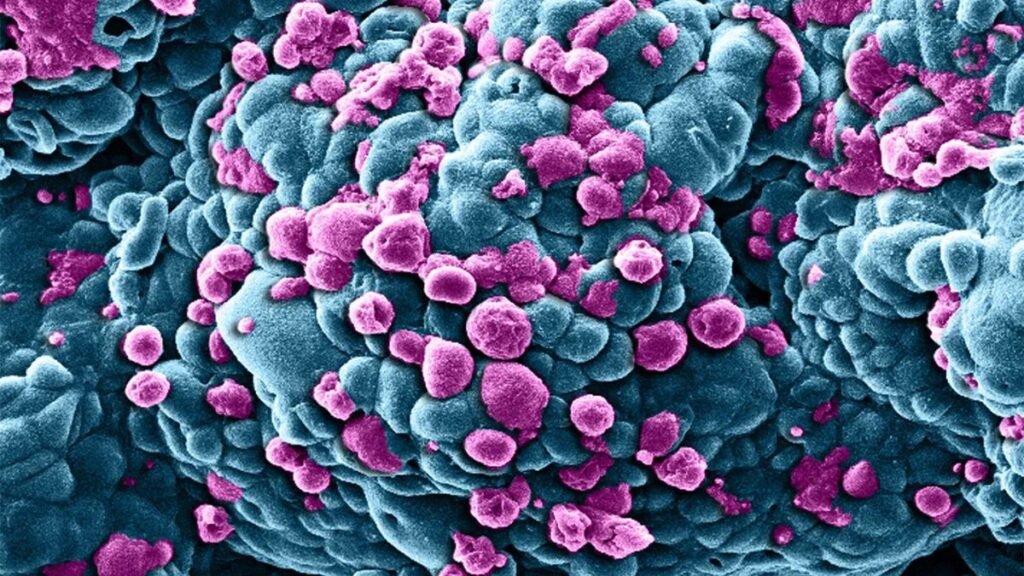
What is nanomedicine? Understand in simple terms
To put it simply, nanomedicine means technology that uses extremely small particles to detect and treat diseases.
For example:
In case of a disease like cancer, instead of spreading the medicine throughout the body, nanoparticles can directly deliver the drug to the tumor site. This will reduce side effects and increase effectiveness.
Or imagine a doctor implanting a microscopic chip that penetrates the body to monitor blood sugar or cholesterol levels. This is nanomedicine—where medical science, physics, and technology converge.
Why the Japan Nanomedicine Society was founded
Fostering such an idea is the Japan Nanomedicine Society (JNS). It is made up of scientists, engineers, doctors, students, and researchers. They work together in the field of nanomedicine, share their experience and turn that experience to good under the banner of the society.
International symposiums will be organized by the society as well as link research projects to them and inspire would-be scientists through education and training.
In Japan's opinion, the field will not progress alone, as diseases do not have borders. Hence, the JNS intends to work with the entire world in order to ensure that such technology reaches all human beings.
A Glimpse of History – How Science Reached Nanomedicine
- To understand nanomedicine, we need to go back a little—to the 19th and early 20th centuries, when science was rapidly developing.
- In 1897, J.J. Thomson discovered the electron. This gave us an understanding of how tiny matter can be.
- In 1905, Albert Einstein formulated the Theory of Relativity, which transformed the concept of space and time.
- And around 1924, scientists like Max Born laid the foundations of quantum mechanics, giving us knowledge of the world of atoms and even smaller particles.
These discoveries led to a technological revolution—the era of transistors, lasers, computers, and electronic devices. Gradually, scientists began to understand that matter could be controlled at the nanoscale. This was the beginning of nanotechnology.
Then, the discovery of materials like carbon nanotubes and fullerenes gave rise to the idea of "atom-by-atom" construction. Now it was possible to create new structures by connecting things at the atomic level—and this is where the true journey of modern nanotechnology began. When this technology met biology and medical science, the era of nanomedicine was born.
The Rise of Nanomedicine—When Science Started Looking Inside the Body
In 2003, when the US National Institutes of Health (NIH) used the term "Nanomedicine" in its "Roadmap for Medical Research," it became a worldwide sensation. That same year, the Human Genome Project was also completed—a coincidence that laid the foundation for a new medical revolution.
Science now understood that life is not a mysterious thing, but a complex but understandable "molecular machine."
Now that the complete map of the genome was revealed, and nanotechnology had the tools to alter and improve it, new possibilities opened up.
See some examples:
- With the help of fluorescent probes and quantum dots, scientists can now track the activities going on inside cells “live.”
- Nanoparticles deliver drugs directly to the area where the disease is present—reducing the amount of drug used and improving its effectiveness.
- Nano-biosensors can detect disease at a very early stage.
- And nano-imaging technology can visualize tissues inside the body at a microscopic level.
Because of all this, healthcare is no longer just a system for treating disease, but one that detects and prevents disease in advance. This is the true magic of nanomedicine.
JNS Mission and Philosophy
JNS believes that nanomedicine is the bridge that connects molecular science and human health.
This field does not rely solely on any one discipline. Physics, chemistry, biology, pharmacy, engineering, and medicine all contribute to it.
The Society aims to bring together these experts, learn from each other, and jointly develop solutions that go beyond traditional medicine.
But JNS also recognizes that this field has two major responsibilities:
The need for safety and fundamental research:
Because nanomedicine is still a new field, it is essential to fully understand its impact—especially on humans and the environment.
For example, what will be the effect if a nanoparticle remains in the body for too long? Or what will happen if it leaves the body and enters the environment? Only research can answer such questions.
Equity and Access:
JNS believes that the benefits of science should not be limited to wealthy countries or individuals.
If a nanomedicine-based treatment can prevent cancer, it should be available to every country, every patient.
Therefore, the Society emphasizes international cooperation and the equitable distribution of knowledge.
Why International Cooperation Is Needed
Diseases know no borders. Cancer, Alzheimer's, or pandemics—these are challenges to all humanity.
The entire world must work together to defeat them.
JNS is based on this philosophy.
This organization connects scientists, students, and doctors from around the world—especially young researchers from Asia—so they can share their ideas, experiments, and experiences.
To this end, JNS organizes international conferences, training programs, and collaborative projects every year.
This not only leads to new discoveries but also provides young scientists with the opportunity to work on an international platform.
Today and Tomorrow – The Future of Nanomedicine
When the term “nanomedicine” was first coined in 2003, perhaps no one imagined it would become such a vast field.
Over the past two decades, we have seen extraordinary progress—
iPS cell technology,
gene editing (CRISPR),
and discoveries like personalized medicine are now upon us.
But we have also witnessed global pandemics like COVID-19, new diseases, and the burden of existing chronic illnesses.
All of this has taught us that science must not stand still, and collaboration is the way forward.
Today, nanomedicine offers a new ray of hope.
- It helps deliver drugs to precise locations to fight diseases like cancer.
- Nanovaccines can be rapidly developed during pandemics.
- In the future, nanorobots may penetrate our bodies to clear blockages or repair damaged tissues.
- But to make these dreams a reality, we need international cooperation, ethical responsibility, and the free exchange of knowledge.
Structure and Functioning of the JNS
Name: Japan Nanomedicine Society (JNS)
President: Tsuneo Urizu
Main Activities
- Organizing international nanomedicine conferences
- Publishing research journals and newsletters
- Collaborating with national and international organizations
- Honoring outstanding researchers with awards
- Making research results useful to the Society
Types of Membership
- Ordinary Members: Scientists or experts who participate in the Society's activities
- Student Members: University or postgraduate students
- Supporting Members: Companies or individuals who contribute financially or technically
- Honorary Members: Those who have made special contributions to nanomedicine
- Advisors: Experts who provide guidance to the Society
The unique feature of the JNS is that there are no high fees or barriers to joining. Anyone interested in the subject can become a member.
Organization and Leadership
- The Society operates democratically.
- The President represents the organization.
- Up to five Vice Presidents assist the President.
- There is a Board of Directors with a maximum of 35 members.
- Two auditors review finances and operations.
- Up to ten advisors provide strategic direction.
- Each officer serves a two-year term, extendable.
Annual meetings are held annually to review activities, financial reports, and research progress. The fiscal year runs from April 1 to March 31.
Financial Structure and Transparency
- The main sources of income for the Society's operations are:
- Participation fees from international conferences
- Donations and sponsorships
- Income from publications or other activities
- All these funds are used transparently, and any surplus is reinvested in education and research.
- The Way Forward – Science and Humanity Together
The Japan Nanomedicine Society stands at a crossroads in science and medicine where the future is taking shape.
In the later years of the 21st century, nanomedicine will transform not only the treatment of diseases, but also the way we think.
JNS's vision is—
- a world where science and humanity progress together,
- where every discovery is not confined to laboratories,
- but improves the lives of every human being.
JNS is continuously working to make this dream a reality by fostering young researchers, strengthening international partnerships, and promoting responsible innovation.
In short, nanomedicine teaches us that big changes always start with small things.
Just as a single seed can grow into a whole tree, understanding a single small molecule can shape the future of human health—and the Japan Nanomedicine Society is leading the way.
